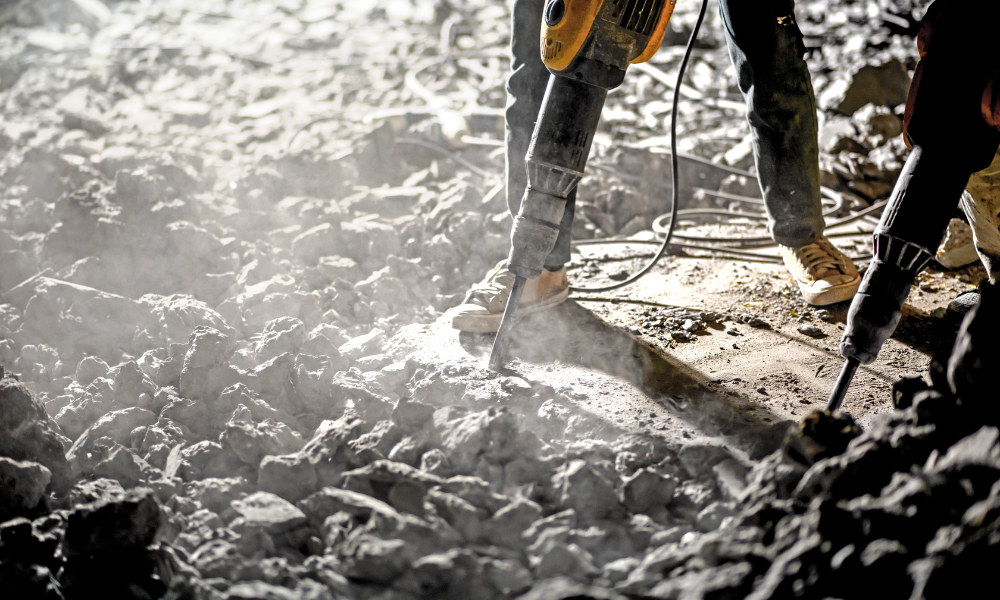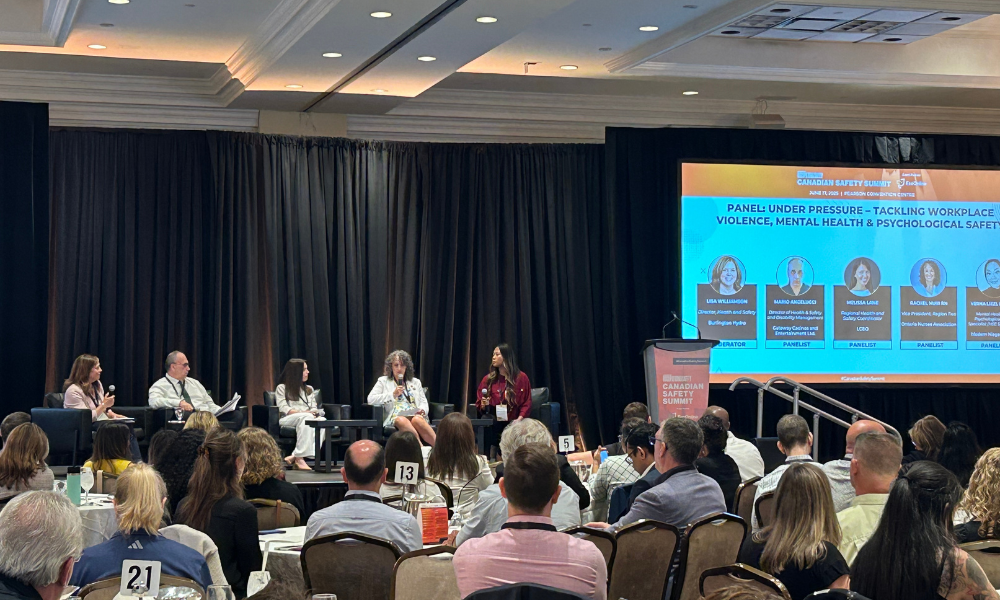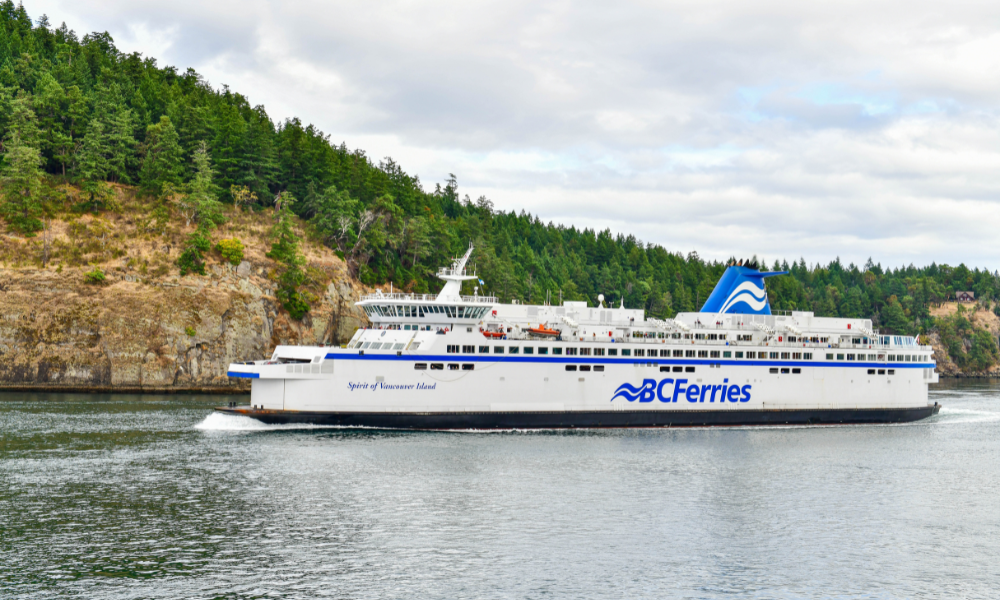Companies that use chemicals and generate chemical wastes — called generators — are responsible for these potentially hazardous substances for their entire lifecycle, from the time the chemicals are accepted into inventory or generated by the mining/manufacturing process through destruction. Waste processing companies play a key role in the lifecycle process by accepting the material and recycling, reprocessing, landfilling or incinerating the waste and certifying its disposal.
Hazardous waste transportation and processing are highly regulated and complex processes that must be efficiently integrated into the generator’s hazardous materials handling procedures.
The efficient transportation and disposal of an industrial waste begins with the correct profiling of the waste’s characteristics. Accurate profiling is crucial to safe and efficient handling onsite by the generator company’s employees, and throughout the transportation and disposal processes by the contractors.
It becomes financially inefficient when wastes are misclassified as special handling requirements can add considerable cost to the disposal process. At best, misclassified materials may delay disposal while additional testing is conducted; at worst, the waste may be turned away by the processor or require unexpectedly expensive disposal methods.
Waste misclassification also jeopardizes safety during transportation and puts the disposal company workers at risk. It is imperative that workers know what materials they are handling at all times. An unknown material raises safety and environmental risk during transportation, as the placards may be incorrect and first responders ill-informed.
Characterizing waste
Correctly profiling waste by properly listing its characteristics is the first in a series of regulatory and safety steps that enable contractors to determine how the waste is treated, landfilled or incinerated, and to develop an accurate estimate of processing costs.
Some waste disposal companies use an acceptance form known as a Profile Form. It summarizes all of the relevant data to certify that the waste is acceptable for processing at the contractor’s facility. The form includes information on the generator, waste, physical properties, composition, constituents, regulatory status, shipper and transportation requirements. Finally, the form requires the generator’s certification attesting to the accuracy of the information.
Based on the profile, the waste processor issues a contract with pricing and initiates acceptance planning so that the shipment is properly managed from the time it is received through final disposition. The profile information enables the processor to plan for the shipment from a health and safety perspective. It gives the processor the guidance to assign properly trained workers, the necessary PPE and pre-determine the transportation and handling procedures.
The processor retains the right to reject “non-conforming waste” since all of its planning is based on the profile. A final determination is made by sampling the actual shipment to ensure conformance with the profile. Every shipment is routinely tested upon receipt for phase, pH, ignitability, resistance to penetration, total volatile organics, sulfide reactivity, cyanide reactivity and radiation. If the sample deviates from the planned profile, the shipment will be held for further profiling — or even rejected.
A chemical waste profile data also gives the analyst guidance on how to assign the waste to the correct facility according to its permits. It also determines what kind of environmental monitoring must be done in order to ensure that the work is performed according to the permits at all times.
Analysts must consider several factors when making determinations as to how hazardous wastes should be handled. Obviously, Transport Canada’s Transportation of Dangerous Goods Act and Environment Canada regulations must be followed. However, there are also a host of provincial and local regulations governing landfills and incinerators that come into play. All waste processing facilities have provincial and local certificates of approval stipulating what material they can or cannot accept, and limits on emissions or storage, among other things.
These local regulations are not widely known to generators but greatly affect how waste disposal companies handle materials. For instance, although a permitted incinerator may be close to the generator, its permits may not allow it to process a certain material or concentrations of metals that exceed limits. If the material is assigned to the proximate facility where the actual shipment does not conform to the profile and violates a permit requirement, it will have to be forwarded to a more distant, properly permitted incinerator — which increases transportation, handling and disposal costs.
Profiling challenges
For a processor, the source and volume are also important factors. For most processors in Canada, the largest volume generators are in the petrochemical industry — perhaps as much as a million gallons a year of generally well-profiled material received regularly.
On the other end of the spectrum are small generators, from job shops to gas stations, that may require processing for a single shipment per year. In some cases, such shipment consists of old, excess inventory that conforms to the original Materials Safety Data Sheet (MSDS) information and can be profiled accordingly. More often than not, the chemical waste is more complex and generators require some help from technical sales representatives to profile the waste and arrange for processing. Some customers also require consolidation and packing services to prepare the materials for handling and shipping.
The most difficult profiling situations are site clean-ups, such as soil removal at old industrial and superfund sites, where the sources of contamination are unknown. In these cases, profiling is more critical and complicated. If process knowledge is not sufficient, extensive Toxicity Characteristic Leaching Procedure (TCLP) tests must be conducted to test for ignitability, corrosivity, reactivity and toxicity, as well as for listed hazardous wastes.
End-of-lifecycle management
The hazardous waste generated by the manufacturing and mining industries must be managed for its entire lifecycle through certified destruction. The disposal process is highly regulated and complex, and although it is generally not under the direct control of the generator, the responsibility remains.
Properly profiling waste is required for safe, efficient and responsible handling of hazardous material. It’s in the financial interest of the generator and the environmental interest of all.
WAYS TO PROFILE WASTE
For known virgin or outdated chemicals:
• MSDS specifications
For other known-source material:
• Profile form describing the waste, including its physical properties, composition, constituents and regulatory status. The waste processor may have resources available to assist with determining and describing the waste.
For unknown material:
• Lab analysis conducted by an in-house or outside laboratory that addresses all of the characteristics required for the profile.
• Pre-analysis by the waste disposal company.
Unknown soil and other media:
• TCLP testing
----------------------
Doug Smith, Clean Harbors’ regional health and safety manager in Canada, has worked in the hazardous waste field for more than 36 years, with the last 25 in the Clean Harbors health and safety department.
Hazardous waste transportation and processing are highly regulated and complex processes that must be efficiently integrated into the generator’s hazardous materials handling procedures.
The efficient transportation and disposal of an industrial waste begins with the correct profiling of the waste’s characteristics. Accurate profiling is crucial to safe and efficient handling onsite by the generator company’s employees, and throughout the transportation and disposal processes by the contractors.
It becomes financially inefficient when wastes are misclassified as special handling requirements can add considerable cost to the disposal process. At best, misclassified materials may delay disposal while additional testing is conducted; at worst, the waste may be turned away by the processor or require unexpectedly expensive disposal methods.
Waste misclassification also jeopardizes safety during transportation and puts the disposal company workers at risk. It is imperative that workers know what materials they are handling at all times. An unknown material raises safety and environmental risk during transportation, as the placards may be incorrect and first responders ill-informed.
Characterizing waste
Correctly profiling waste by properly listing its characteristics is the first in a series of regulatory and safety steps that enable contractors to determine how the waste is treated, landfilled or incinerated, and to develop an accurate estimate of processing costs.
Some waste disposal companies use an acceptance form known as a Profile Form. It summarizes all of the relevant data to certify that the waste is acceptable for processing at the contractor’s facility. The form includes information on the generator, waste, physical properties, composition, constituents, regulatory status, shipper and transportation requirements. Finally, the form requires the generator’s certification attesting to the accuracy of the information.
Based on the profile, the waste processor issues a contract with pricing and initiates acceptance planning so that the shipment is properly managed from the time it is received through final disposition. The profile information enables the processor to plan for the shipment from a health and safety perspective. It gives the processor the guidance to assign properly trained workers, the necessary PPE and pre-determine the transportation and handling procedures.
The processor retains the right to reject “non-conforming waste” since all of its planning is based on the profile. A final determination is made by sampling the actual shipment to ensure conformance with the profile. Every shipment is routinely tested upon receipt for phase, pH, ignitability, resistance to penetration, total volatile organics, sulfide reactivity, cyanide reactivity and radiation. If the sample deviates from the planned profile, the shipment will be held for further profiling — or even rejected.
A chemical waste profile data also gives the analyst guidance on how to assign the waste to the correct facility according to its permits. It also determines what kind of environmental monitoring must be done in order to ensure that the work is performed according to the permits at all times.
Analysts must consider several factors when making determinations as to how hazardous wastes should be handled. Obviously, Transport Canada’s Transportation of Dangerous Goods Act and Environment Canada regulations must be followed. However, there are also a host of provincial and local regulations governing landfills and incinerators that come into play. All waste processing facilities have provincial and local certificates of approval stipulating what material they can or cannot accept, and limits on emissions or storage, among other things.
These local regulations are not widely known to generators but greatly affect how waste disposal companies handle materials. For instance, although a permitted incinerator may be close to the generator, its permits may not allow it to process a certain material or concentrations of metals that exceed limits. If the material is assigned to the proximate facility where the actual shipment does not conform to the profile and violates a permit requirement, it will have to be forwarded to a more distant, properly permitted incinerator — which increases transportation, handling and disposal costs.
Profiling challenges
For a processor, the source and volume are also important factors. For most processors in Canada, the largest volume generators are in the petrochemical industry — perhaps as much as a million gallons a year of generally well-profiled material received regularly.
On the other end of the spectrum are small generators, from job shops to gas stations, that may require processing for a single shipment per year. In some cases, such shipment consists of old, excess inventory that conforms to the original Materials Safety Data Sheet (MSDS) information and can be profiled accordingly. More often than not, the chemical waste is more complex and generators require some help from technical sales representatives to profile the waste and arrange for processing. Some customers also require consolidation and packing services to prepare the materials for handling and shipping.
The most difficult profiling situations are site clean-ups, such as soil removal at old industrial and superfund sites, where the sources of contamination are unknown. In these cases, profiling is more critical and complicated. If process knowledge is not sufficient, extensive Toxicity Characteristic Leaching Procedure (TCLP) tests must be conducted to test for ignitability, corrosivity, reactivity and toxicity, as well as for listed hazardous wastes.
End-of-lifecycle management
The hazardous waste generated by the manufacturing and mining industries must be managed for its entire lifecycle through certified destruction. The disposal process is highly regulated and complex, and although it is generally not under the direct control of the generator, the responsibility remains.
Properly profiling waste is required for safe, efficient and responsible handling of hazardous material. It’s in the financial interest of the generator and the environmental interest of all.
WAYS TO PROFILE WASTE
For known virgin or outdated chemicals:
• MSDS specifications
For other known-source material:
• Profile form describing the waste, including its physical properties, composition, constituents and regulatory status. The waste processor may have resources available to assist with determining and describing the waste.
For unknown material:
• Lab analysis conducted by an in-house or outside laboratory that addresses all of the characteristics required for the profile.
• Pre-analysis by the waste disposal company.
Unknown soil and other media:
• TCLP testing
----------------------
Doug Smith, Clean Harbors’ regional health and safety manager in Canada, has worked in the hazardous waste field for more than 36 years, with the last 25 in the Clean Harbors health and safety department.





